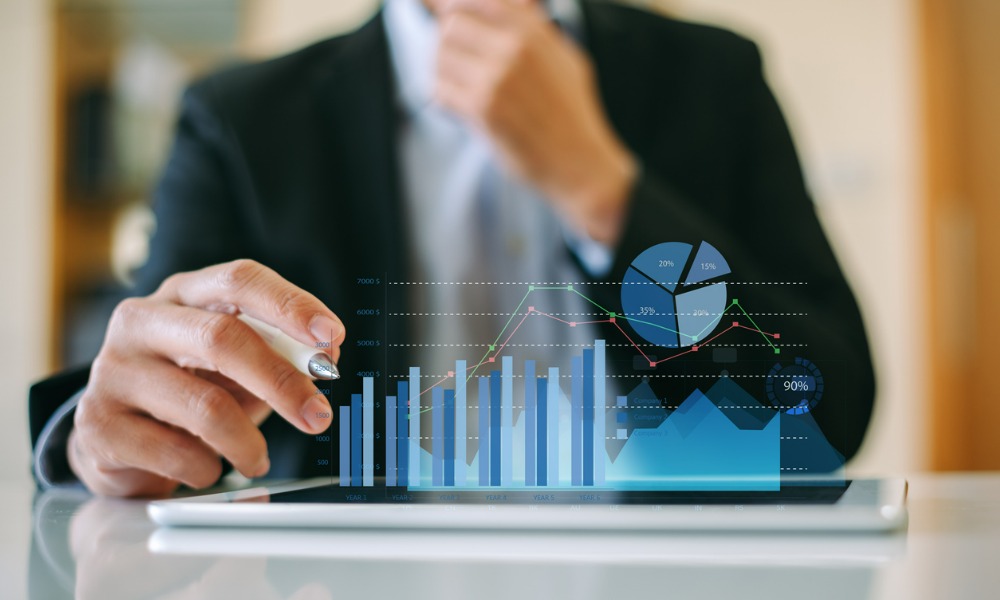Stocks and equity trading are familiar concepts to the general public. However, most people are entirely ignorant of a lucrative opportunity right under their noses. Currency trading is the name given to this type of trading. If you can detect the correct option and exploit it, foreign currency trading gives you a chance to profit.
If you’re a currency trader, here are ten events and data points that you need to keep an eye on.
- Data on GDP growth.
To determine the entire worth of all products and services produced and provided in one country over time, economists use the Gross Domestic Product (GDP) statistic. The GDP growth rate is a metric used to compare the rate at which the country’s economy has grown over two distinct periods. To give one example, India’s GDP rose by 6.1% in 2018-2019, which implies that the GDP increased by 6.1% over the previous year.
- non-farm payroll figures
According to NFP data, only those employed in the United States are included. As a currency trader who deals in USD-based currency pairs, this data can benefit. It’s an excellent resource for learning about employment trends in non-agricultural fields. Accordingly, a high non-farm payroll indicator indicates an expanding economy because more jobs are being generated, and more people are employed. Lower NFP measurements, on the other hand, show a slowdown in the economy.
- Unemployment rate
The unemployment rate measures the percentage of the country’s workforce that is unemployed. It’s also a great way to gauge how well a country’s economy is doing. Contrary to popular belief, this rate has a significant impact on the direction in which a currency’s exchange rate changes. A high unemployment rate hurts a country’s GDP because it means there will be more small purchases of goods and services, which means there will be less demand for products and services.
- Interest rate announcements
It is the interest rate at which a country’s central bank lends money to banks and other financial organizations. The monetary policy committees of major banks such as the Reserve Bank of India, Federal Reserve, European Central Bank, and the Bank of England make frequent announcements about the lending interest rates and monetary policy stance. Central bank monetary policy committees typically make interest rate announcements once every three months.
- Consumer price index (CPI) data
Cost-of-living index data, often known as the consumer price index (CPI), serves as an indicator of inflation. As we saw in the previous chapter, a currency’s value decreases and depreciates when there is excessive inflation. There are many reasons why a high CPI could lead to an increase in interest rates by a country’s central bank. For the most part, the consumer price index (CPI) is released once a month.
- Data from the purchasing managers’ index
As a series of indicators, the purchasing managers index measures the economic trends in various industries. It encompasses both the manufacturing and service industries. Researchers can evaluate if the economy is expanding, stagnant, or declining using this information. A country’s central bank would often intervene and lower interest rates if its PMI falls below a certain threshold, hoping to spur economic growth and consumption. As a result, the country’s currency would fall in value.
- Core retail sales data
Core retail sales data for the United States is a measure of economic activity that depicts total retail sales (excluding automobiles and gasoline sales). Indicators of the health of the country’s economy are provided every month, and this one monitor’s consumer spending. The currency’s value can rise if the core retail sales data is positive.
- Consumer confidence and consumer sentiment indexes are also included in this measure.
Both the consumer confidence and mood indexes measure how consumers feel about the economy. The value of a country’s currency can be lowered if its consumer sentiment is strong, and the opposite is true if it is weak.
- Industrial production index
Manufacturing, mining, natural gas, and electric utilities all play a role in the industrial production index’s calculation. Each month, the Federal Reserve releases this index, which serves as a good measure of the health of the country’s economic system.
- Elections
Uncertainty is the bane of every investor’s existence, as we’ve already demonstrated. When a country goes to the polls, there is always a sense of uncertainty. Uncertainty about a country’s currency can play a part in its devaluation from time to time. Traders and investors in such a situation are more likely to remain on the sidelines and wait for the election results before making any moves. In any event, the currency of the country in question is expected to be volatile following the announcement of the results.
Conclusion:
If you’re going to trade currencies, it’s always a good idea to look at all of these occurrences from both the base currency and the quote currency.










Comments